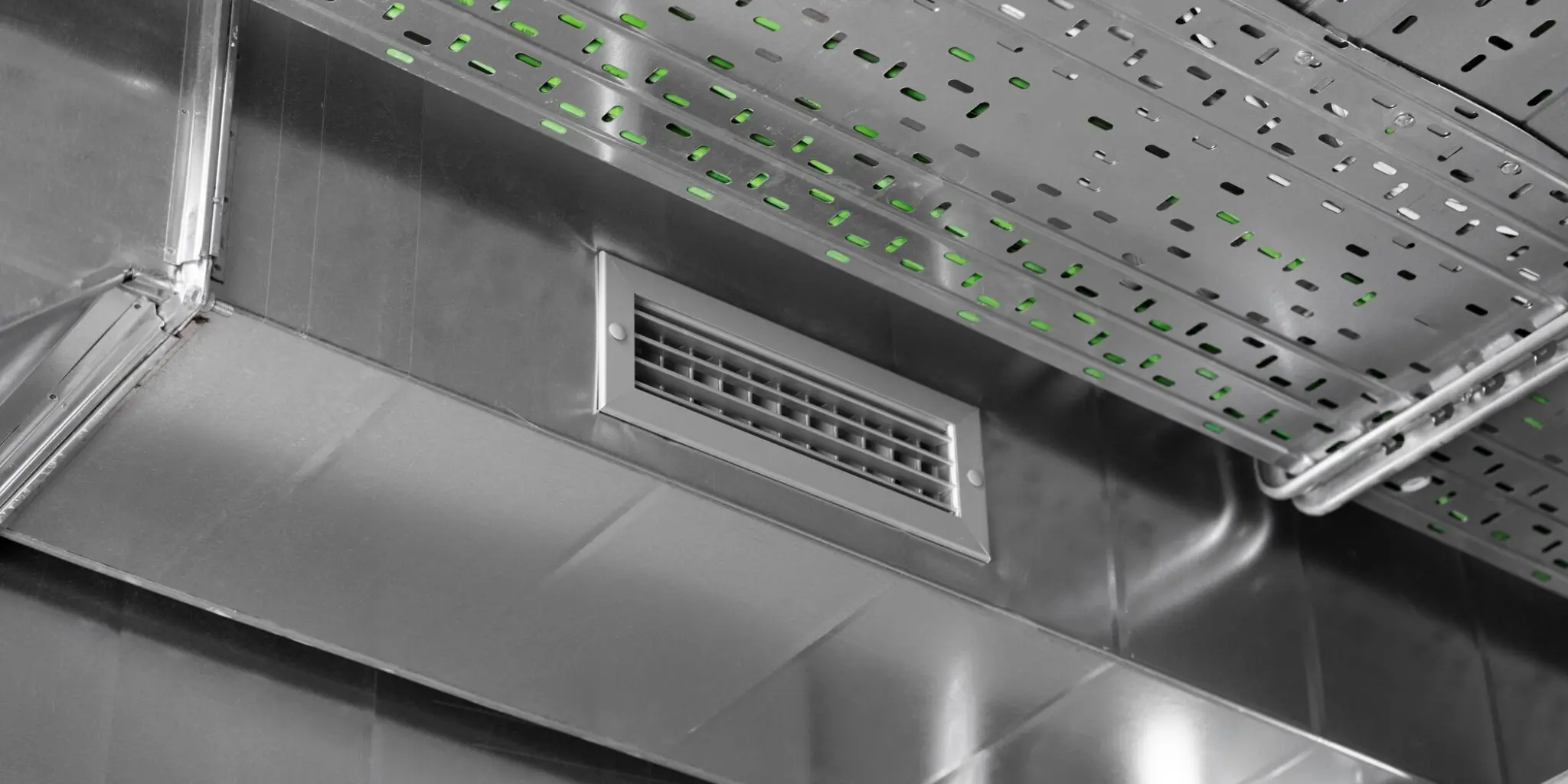1. Understand Local Code Requirements
Before starting installation, review local codes such as:
- Australian Standards AS 1668.1 & AS 1668.2
- Council and fire safety regulations
Your commercial exhaust canopy must comply with all relevant guidelines.
2. Choose the Right Type of Hood
There are two main categories of commercial kitchen exhaust canopies:
- Type I Hoods – For grease and smoke-producing appliances (grills, fryers)
- Type II Hoods – For appliances that emit heat and steam (ovens, dishwashers)
Most commercial kitchens require a Type I commercial range hood with a fire suppression system.
3. Calculate Required Ventilation (CFM)
CFM (Cubic Feet per Minute) measures the amount of air the hood must remove. This depends on:
- Cooking equipment output
- Hood dimensions
- Kitchen size
Ensure the commercial range hood Melbourne is sized correctly to maintain proper air flow.
4. Install Ductwork
Ducting should be:
- Constructed from stainless steel
- Airtight and grease-resistant
- As direct and short as possible
- Sloped upwards with no sharp bends
Ducts must terminate outside the building, never in attics or ceiling cavities.
5. Install the Exhaust Fan
Place the fan:
- On the roof or external wall
- Away from air inlets
- Equipped with a backdraft damper
The fan must be compatible with commercial kitchen exhaust canopy systems and grease-rated.
6. Integrate a Makeup Air System
Makeup air is critical for balancing the ventilation system. Without it, your commercial exhaust hood may:
- Underperform
- Create negative air pressure
- Compromise indoor air quality
A makeup air unit introduces filtered, tempered air to replace what’s been exhausted.
7. Fire Suppression System Installation
All commercial exhaust canopies that handle grease must include an automatic fire suppression system. This:
- Activates automatically when fire is detected
- Covers the hood, duct, and cooking appliances
- Must comply with AS 3772 (Australia) or NFPA 96 (USA)
8. System Testing and Commissioning
Final steps include:
- Airflow testing
- Filter inspection
- Fire system activation tests
- Compliance certification
Ensure everything is documented and ready for inspection.
Maintenance Best Practices
- Clean grease filters weekly or as required
- Inspect and clean ducts regularly
- Service exhaust fans to prevent wear
- Maintain fire suppression systems annually
Neglecting maintenance can result in health violations or fire hazards.
Common Mistakes to Avoid
- Venting into non-compliant spaces
- Using undersized commercial range hoods
- Poor ducting angles cause airflow resistance
- Not installing a makeup air unit
- Forgetting code and fire safety compliance
Choose the Right Experts for Your Commercial Exhaust Installation
Installing a commercial kitchen exhaust canopy is a job for licensed professionals. An expert installer can help you:
- Design a compliant and efficient system
- Select the best commercial exhaust hood
- Ensure fire safety and building compliance
Look for contractors who offer custom fabrication, complete ventilation system design, and manufacturer-backed warranties.
Conclusion
Venting a commercial kitchen hood properly is a key part of running a safe and functional kitchen. From choosing the right commercial range hood to installing compliant ducting and ventilation fans, each step matters.
If you’re upgrading your kitchen or starting a new hospitality business, consult with professionals experienced in commercial exhaust canopies to ensure a successful installation.
Need Help?
Contact us for expert advice and installation of custom commercial kitchen exhaust canopy Melbourne, stainless steel benches, stainless steel sink and commercial exhaust canopy Brisbane complete ventilation solutions tailored to your kitchen.







